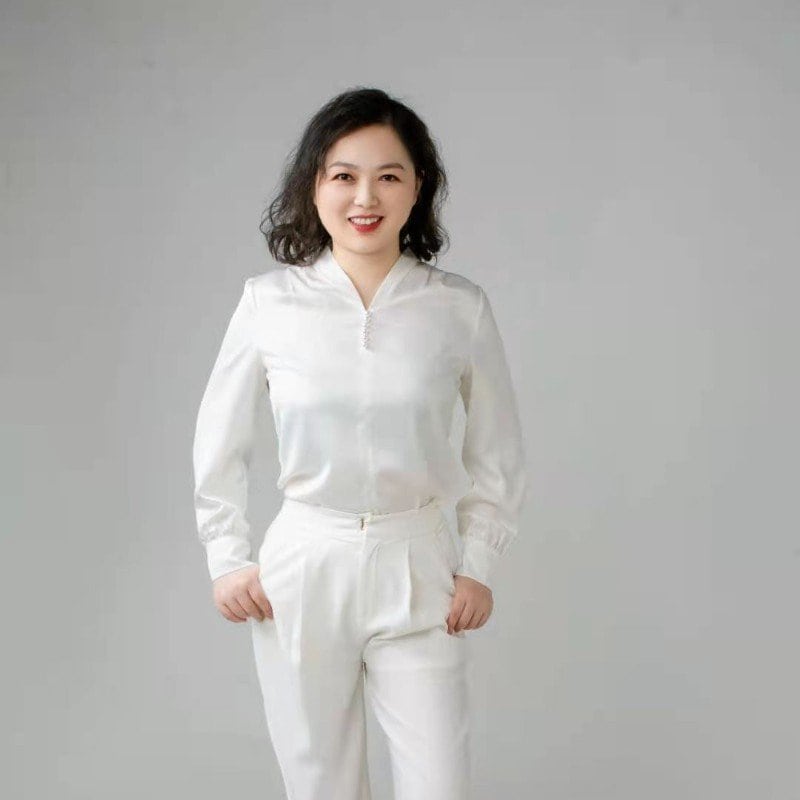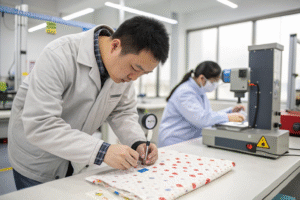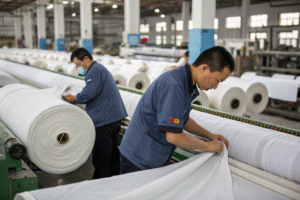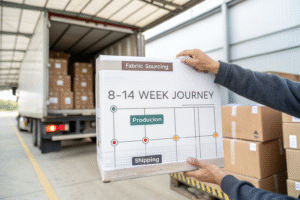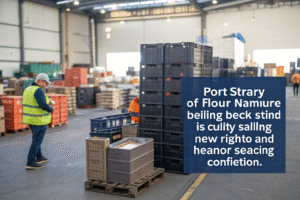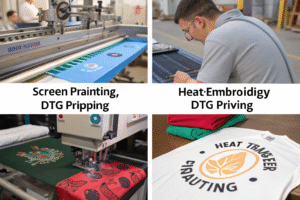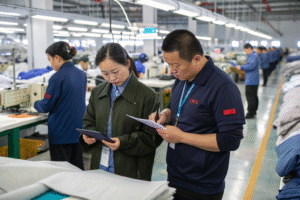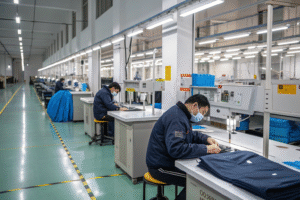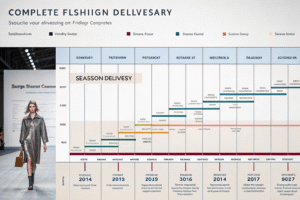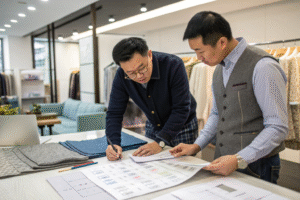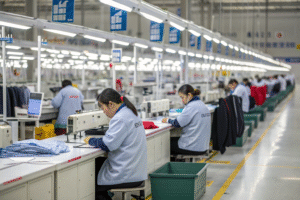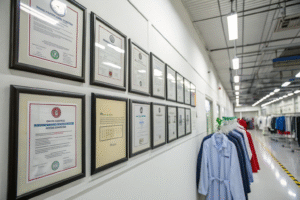Small independent clothing stores are the heart of local fashion, offering unique styles and personalized shopping experiences. But where do these stores source their clothes, and how do they compete with larger retailers? Let’s explore how small independent clothing stores get their clothes and what it takes to start and run one successfully.
Small independent clothing stores typically source their clothes from local designers, wholesalers, and manufacturers. They may also collaborate with artisans or import unique pieces from abroad. At Fumao Clothing, we support small businesses by offering high-quality, customizable garments that help them stand out in the market.
Now, let’s dive deeper into where most clothing stores get their clothes, the costs of opening a small clothing store, and how to start one successfully.
Where Do Most Clothing Stores Get Their Clothes?
Clothing stores, both large and small, rely on various sources to stock their inventory. But where do most clothing stores get their clothes?
Most clothing stores get their clothes from wholesalers, manufacturers, and distributors. Large retailers often work directly with manufacturers, while small independent stores may source from local designers, wholesalers, or even artisans. Fumao Clothing provides customizable options for small stores looking to offer unique, high-quality garments.
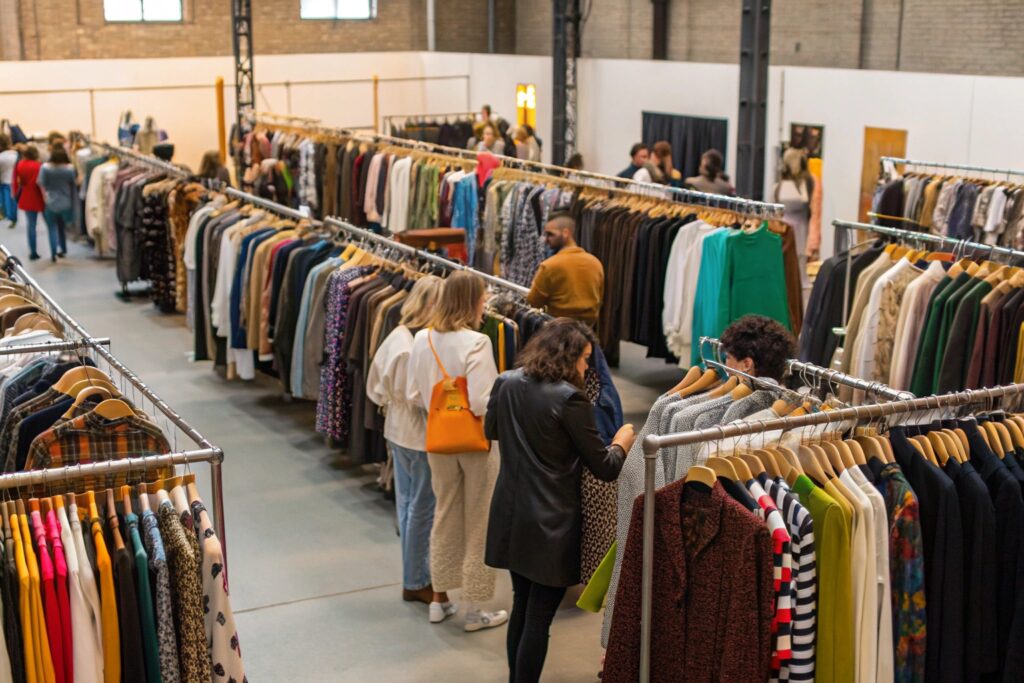
What Are the Common Sources for Clothing Stores?
The common sources for clothing stores include:
- Wholesalers: Companies that sell bulk clothing at discounted prices.
- Manufacturers: Factories that produce clothing, often offering customization options.
- Local Designers: Independent designers who create unique, small-batch collections.
- Artisans and Craftsmen: Individuals who handcraft clothing and accessories.
By understanding these sources, small stores can find the best options for their inventory.
How Do Small Stores Compete with Larger Retailers?
Small stores compete with larger retailers by:
- Offering Unique Products: Sourcing from local designers and artisans to provide one-of-a-kind items.
- Providing Personalized Service: Creating a personalized shopping experience that larger stores can’t match.
- Building Community Connections: Engaging with the local community to build loyalty and support.
These strategies help small stores carve out a niche in the competitive fashion market.
How Much Does It Cost to Open a Small Clothing Store?
Opening a small clothing store is an exciting venture, but what are the costs involved?
The cost to open a small clothing store can range from $20,000 to $100,000, depending on factors like location, inventory, and store size. Key expenses include rent, inventory, marketing, and staffing. Fumao Clothing offers affordable, customizable options to help small stores manage their budgets effectively.

What Are the Key Expenses?
The key expenses for opening a small clothing store include:
- Rent and Utilities: Costs for leasing a retail space and covering utilities.
- Inventory: Purchasing initial stock to fill the store.
- Marketing: Promoting the store through advertising, social media, and events.
- Staffing: Hiring and training employees to run the store.
By understanding these expenses, you can plan your budget effectively.
How Can You Reduce Costs?
To reduce costs when opening a small clothing store:
- Start Small: Begin with a smaller inventory and expand as your business grows.
- Use Affordable Marketing: Leverage social media and word-of-mouth to promote your store.
- Negotiate Rent: Look for affordable retail spaces or negotiate favorable lease terms.
By managing costs carefully, you can increase your chances of success.
Where Do Market Traders Get Their Clothes From?
Market traders, who often sell clothing at local markets or fairs, have unique sourcing strategies. But where do they get their clothes?
Market traders typically get their clothes from wholesalers, closeout sales, and surplus stock. They may also source unique or vintage items from thrift stores, estate sales, or overseas suppliers. Fumao Clothing offers affordable options for market traders looking to stock high-quality, trendy garments.

What Are the Common Sources for Market Traders?
The common sources for market traders include:
- Wholesalers: Bulk suppliers offering discounted clothing.
- Closeout Sales: Purchasing overstock or discontinued items at reduced prices.
- Thrift Stores and Estate Sales: Finding unique or vintage pieces to sell.
- Overseas Suppliers: Importing trendy or affordable clothing from other countries.
By exploring these sources, market traders can find a variety of products to sell.
How Do Market Traders Stand Out?
Market traders stand out by:
- Offering Unique Items: Sourcing one-of-a-kind or hard-to-find products.
- Providing Great Deals: Offering competitive prices to attract bargain hunters.
- Creating a Fun Shopping Experience: Engaging with customers and creating a lively market atmosphere.
These strategies help market traders attract and retain customers.
How to Start a Small Clothing Store
Starting a small clothing store is a rewarding but challenging endeavor. But how do you get started?
To start a small clothing store, you need to choose a niche, source inventory, secure a location, and create a marketing plan. Building strong relationships with suppliers and understanding your target market are also key to success. Fumao Clothing supports small stores by offering customizable, high-quality garments that help them stand out.

What Are the Key Steps to Start a Clothing Store?
The key steps to start a clothing store include:
- Choose a Niche: Decide on the type of clothing you want to sell, such as casual wear, formal wear, or eco-friendly fashion.
- Source Inventory: Find reliable suppliers or manufacturers to stock your store.
- Secure a Location: Choose a retail space that fits your budget and target market.
- Create a Marketing Plan: Develop a strategy to promote your store through advertising, social media, and events.
By following these steps, you can set a strong foundation for your store.
How Can You Ensure Success?
To ensure the success of your small clothing store:
- Understand Your Market: Research your target customers and their preferences.
- Offer Unique Products: Stock items that set your store apart from competitors.
- Provide Excellent Customer Service: Create a welcoming and personalized shopping experience.
By focusing on these areas, you can build a loyal customer base and grow your business.
Conclusion
Small independent clothing stores source their clothes from a variety of suppliers, including local designers, wholesalers, and manufacturers. By understanding the costs and steps involved in starting a store, you can create a successful business that stands out in the competitive fashion market. Fumao Clothing is here to support small stores with high-quality, customizable garments that help them thrive. Contact us today to learn more about how we can help you start and grow your clothing store.


